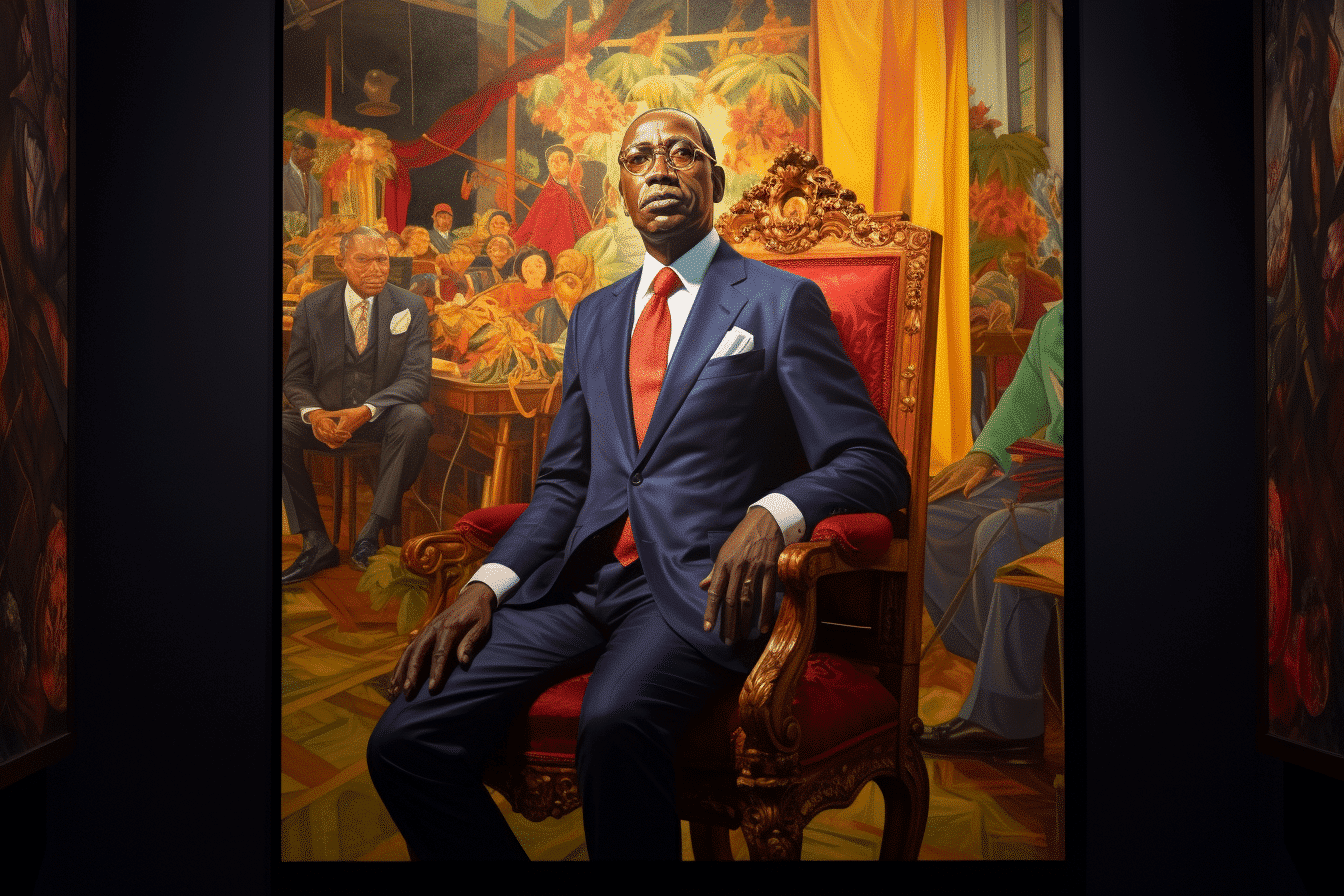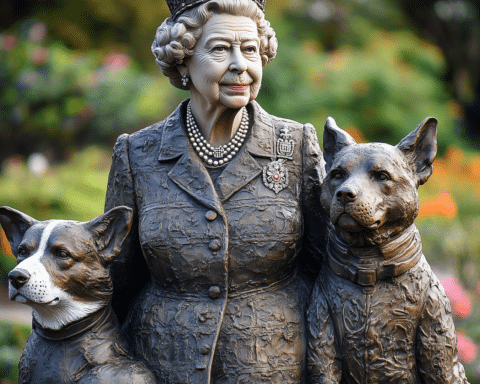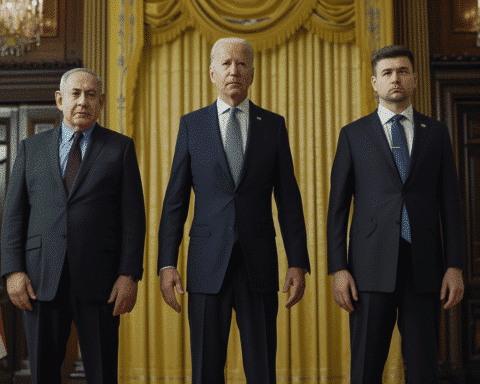In art history, portraiture has long been a tool for the elite to exhibit their status and command. Western art mainly flourished with depictions of power during an era of conquest and dominion. But what about those once subdued by empire? Renowned artist Kehinde Wiley contemplates this in his compelling series “A Maze of Power,” presenting African leaders in a light that blends traditional Western styles with the unique narratives of the once colonized. This secretive, decade-long project, recently unveiled at Paris’s Musée du quai Branly – Jacques Chirac features 11 striking paintings of current and former heads of state from the African continent, depicted in a manner that revisits and converses with the visual languages of historic Western power.
The exhibition prompts reflection on how power is visualized and challenges the viewer to reconsider the art of portraiture. Wiley, known for his portrait of former US President Barack Obama, embarked on this journey in 2008, travelling across Africa to capture the essence of its leaders. His subjects, including Hery Rajaonarimampianina of Madagascar and Sahle-Work Zewde of Ethiopia, were invited to present themselves in a way they saw fit, against backdrops designed by Wiley that intertwine reality with imagination.
The article acknowledges that while some leaders portrayed have contentious histories, Wiley’s work transcends political discourse, focusing instead on the artistic exploration of the presidency as an institution. The portraits, remaining unseen by the subjects until the exhibition’s opening, offer a new perspective on African leadership and invite viewers to decipher the complexities of power through an artistic lens until January 14.




